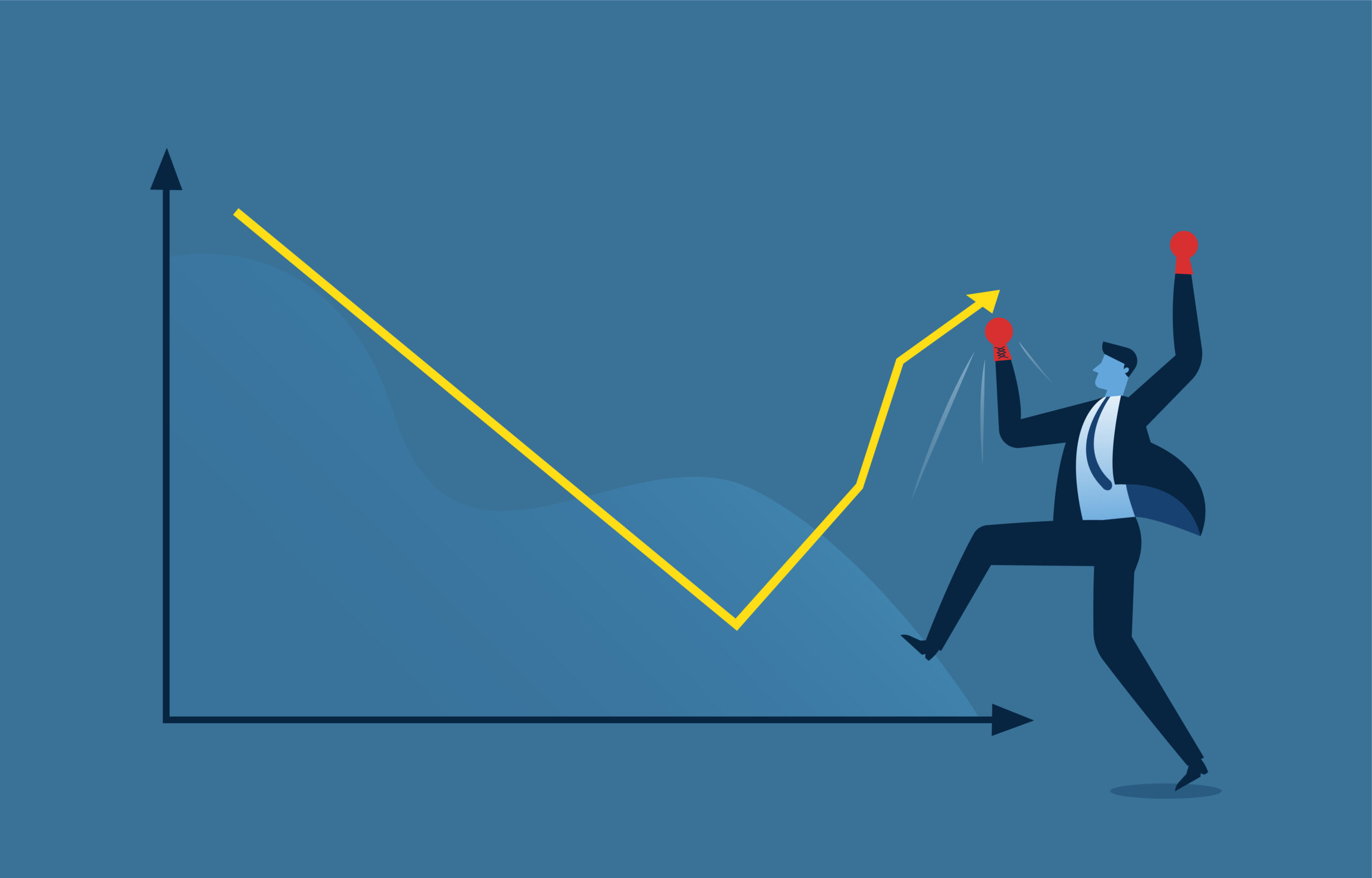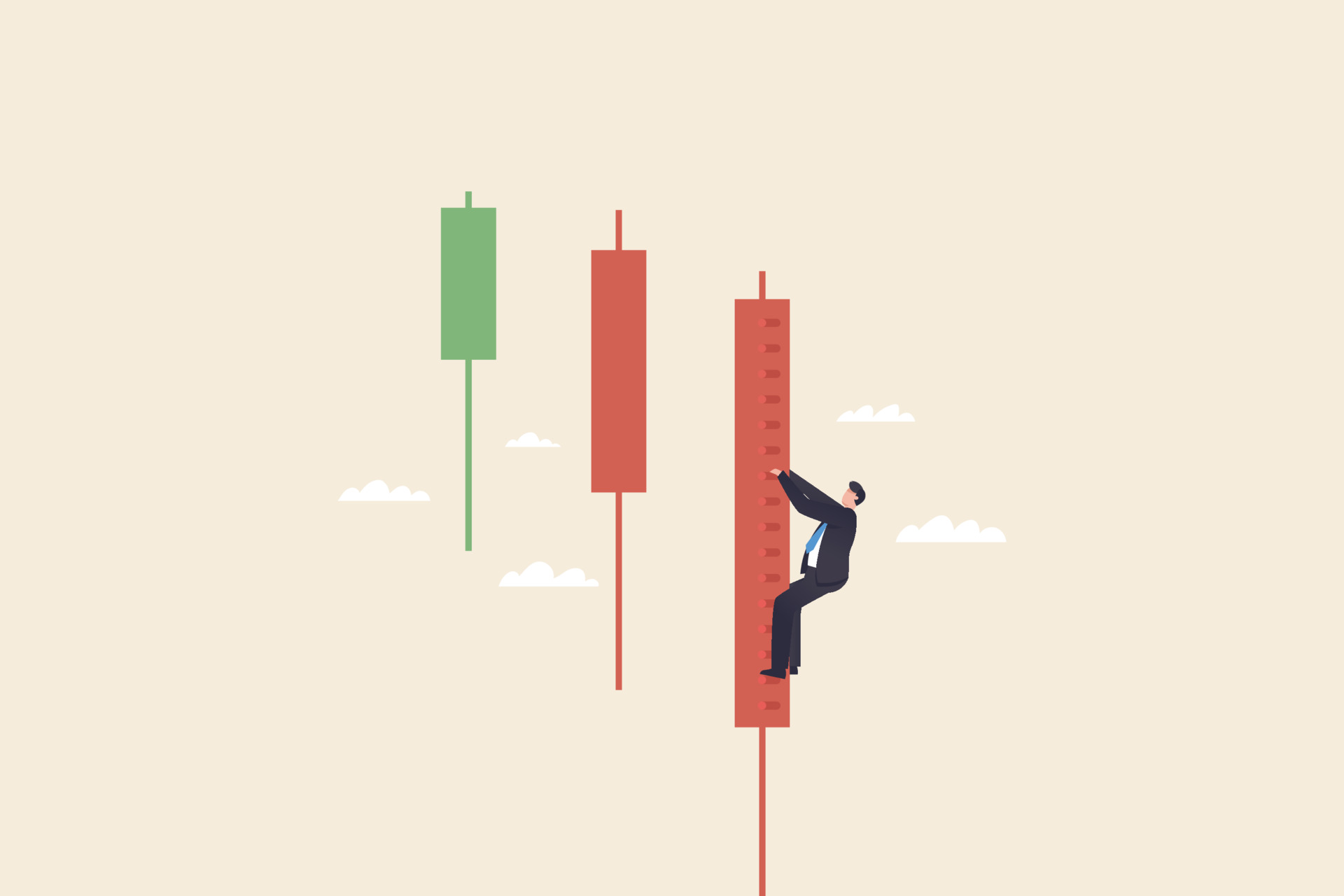Imagine your success depends on decisions you make in a fraction of a second. Sounds challenging, right? Welcome to the world of scalping trading — a trading style where traders turn small opportunities into big results. Unlike other strategies we’ve talked about so far, scalping relies on precision and quick action.
Below, you’ll learn exactly what scalping is, how it works, and what it takes to become a successful scalper. Let’s begin!
What is Scalping Trading?

First, it’s important to understand what scalping is, how it works, and how it differs from other popular trading styles.
Basic Principles of Scalping

In simple terms, scalping is a short-term trading method. A scalper (a trader who uses scalping) keeps trades open for just a few seconds or minutes at most. They always close all trades before the trading session ends. The main goal is to make lots of small profits while keeping risks as low as possible.
To succeed in scalping, you need to be disciplined and watch the market closely. You have to make quick, smart decisions and manage your risks carefully. Every decision you make matters a lot.
Also, successful scalpers must be flexible. Markets change quickly, and things don’t always go as expected. You must react fast, think clearly under pressure, and find quick solutions to problems.
In our opinion, scalping is one of the hardest trading strategies out there. It requires fast reactions, a good understanding of markets, and a solid trading strategy to avoid losses and high fees. To become truly good at scalping, you have to invest a lot of time and money practicing—because, honestly, every mistake costs you.
A safer and more profitable alternative is Trading based on Statistics and Probabilities. This unique concept, created by George Statie (Founder & CEO of Trading Busters), is taught in his Mentorship Program. If you want to learn how it works and how it can help you reach your financial goals without wasting your money, you can schedule a free consultation call with a Trading Busters expert.
Differences from Other Trading Styles

Besides scalping, there are other popular trading styles, like day trading and swing trading. Let’s briefly see how they differ from scalping.
Scalping vs. Day Trading
The biggest difference between scalping and day trading is how long trades stay open. Scalping trades last only a few seconds or minutes, while day trading trades can stay open for several hours.
Also, scalping involves a large number of trades. Remember, a scalper’s main goal is to collect many small profits from multiple trades throughout the day. On the other hand, day traders make fewer trades, but those trades usually have bigger potential profits.
Finally, scalping requires much more focus and attention to the market than day trading. Although both styles need active management, day trading is generally less stressful.
(If you want to learn more about day trading, you can read the complete article on our blog here.)
Scalping vs. Swing Trading
Similar differences exist between scalping and swing trading. Swing trading is less intense than scalping. It’s considered a medium-term trading style because swing traders keep trades open for days or even weeks to take advantage of medium-sized price movements.
Unlike scalping, swing trading involves fewer trades. Swing traders spend less time trading, which means lower trading fees and costs. Also, swing traders don’t have to constantly watch the market, unlike scalpers who must always stay alert.
Even though swing trading involves fewer trades, each trade can be much more profitable than scalping trades. So, swing traders can earn as much as scalpers without working as hard. However, because scalpers risk smaller amounts per trade, they’re better protected against large losses from a single bad trade.
Preparing for Scalping

Now that you understand what scalping is, let’s see what steps you should take to start trading this way.
Choosing the Right Markets
Finding the right market is crucial for your trading success.
As a scalper, you need to choose markets with high liquidity—meaning you can easily buy and sell assets without waiting. Examples include the stock market, Forex market, or commodity markets. Remember: scalping means quickly opening and closing trades, so it’s important to trade on a market that allows this.
Since you’ll make many trades quickly, also choose markets with low trading costs. This step matters a lot because fees or commissions can seriously reduce your profits.
Your goal as a scalper is to profit from small price movements. Markets with high volatility (big price swings) offer many opportunities for quick profits. But high volatility also means more risk, so always make sure to manage your risks carefully.
Setting Up Your Trading Platform

For scalping, you need a trading platform that’s fast and efficient. Choose platforms with low fees, real-time data, and quick trade execution. Features like one-click trading or customizable charts can help you make decisions faster and trade more effectively.
Before choosing your final platform, always try it first with a demo account. This lets you see how it works, get comfortable with the tools, and decide if it’s the right fit for you.
One of the most popular platforms for scalping — and trading in general — is MT4/MT5. Why? Because it’s built with a simple coding language, making it fast and user-friendly.
Essential Tools for Scalping

Finally, you’ll need certain tools to make your trading process easier. Here are some important examples:
Real-time price charts: These are critical for watching the market closely and making quick decisions. Be sure your chosen trading platform has reliable charts.
Technical indicators: Indicators like RSI, MA (Moving Average), or Bollinger Bands help identify the best moments to enter or exit trades. They also give you valuable information about market conditions.
Brokers with low commissions: Choosing brokers with low fees helps you keep more profit. Because scalping involves many fast trades, brokers with low spreads and minimal commissions will be your best friends.
Fundamental Scalping Strategies

Next, I’ll introduce three basic scalping strategies you should consider:
Volume-Based Scalping

As the name suggests, this strategy focuses on analyzing trading volumes to identify moments when there is significant buying or selling pressure. Scalpers use large trading volumes to spot quick price movements and enter the market when there’s a chance for fast profit.
Support and Resistance Scalping

This strategy uses support and resistance levels to help scalpers pick their entry and exit points.
- Support is a price level where an asset stops falling and begins rising.
- Resistance is a price level where an asset stops rising and begins falling.
A good signal for buying is when the price gets close to a support level. On the other hand, when the price gets near a resistance level, scalpers may consider selling.
1-Minute Scalping Strategy

This is one of the most popular scalping strategies. Traders using this method analyze very short-term charts (1-minute intervals). They quickly spot price movements and enter and exit trades within seconds.
Risk Management in Scalping

To have a successful career as a scalper, you need solid risk management. Your main goal is to keep risks low and earn steady profits.
There are many ways to manage risk. Let’s discuss two effective ones below.
Calculating Position Size

In scalping, deciding how big each trade should be (your position size) is a critical step. Position size means how much of an asset you buy or sell in each trade.
To calculate this, you need to think about your entry price, your stop-loss level, and how much money you’re willing to risk.
Getting this right helps you increase profits and keep losses small, so never skip this step if you want long-term success.
Setting a Stop-Loss

If you want extra protection for your trades, you must set stop-loss and take-profit orders. These orders automatically close your trades when the price hits a level you choose.
- Stop-loss protects you by closing the trade if the price moves against you, limiting your losses.
- Take-profit closes the trade once you reach a set profit level.
Psychology of Scalping

In scalping, your mental strength, discipline, and emotional control play a huge part in your success. Since scalping means making quick decisions under pressure, you must stay calm and stick strictly to your trading plan.
Let’s talk about how to avoid the mental traps that can hurt your trading.
Building Mental Discipline

It’s no secret that discipline is the key if you want to become a successful scalper.
A disciplined mind, which doesn’t get distracted by outside factors, helps you stay focused and stick to your trading strategy. It also keeps you from making impulsive decisions that can cost you money. Plus, good discipline helps you manage your risks carefully — extremely important in scalping.
You can practice discipline by:
- Setting clear rules about how much risk you’ll take.
- Trading only during specific market conditions.
- Sticking to a consistent trading schedule.
Whatever rules you choose, stick to them and don’t stray off-track.
Managing Emotions in Trading

You also need to learn how to handle your emotions. Scalping can be very stressful because you must stay alert, make quick decisions, and respond instantly to rapid market changes. Emotions make this job even harder and can lead you to doubt your decisions.
So, keep emotions out of your trading decisions. Don’t let fear, greed, frustration, or overconfidence control you. These emotions cloud your judgment and stop you from making smart moves.
To stay calm and clear-headed:
- Set realistic trading goals.
- Stick strictly to your trading plan.
- Develop a consistent routine.
- Take breaks when needed.
Creating a Daily Routine

If you want to succeed as a scalper, don’t underestimate the power of a clear daily routine. Since scalping involves making many trades in short periods, a well-structured routine can greatly improve your long-term success. It helps you avoid rushed decisions and reduces mistakes.
A good routine that fits your lifestyle will give you more clarity, help you react faster, lower your risks, and improve your overall trading.
Scalp trading is just one of many ways to trade and earn quick profits. However, it requires market knowledge, discipline, and quick thinking. Before choosing scalping as your trading style, do your research carefully and pick the style that fits you best.


